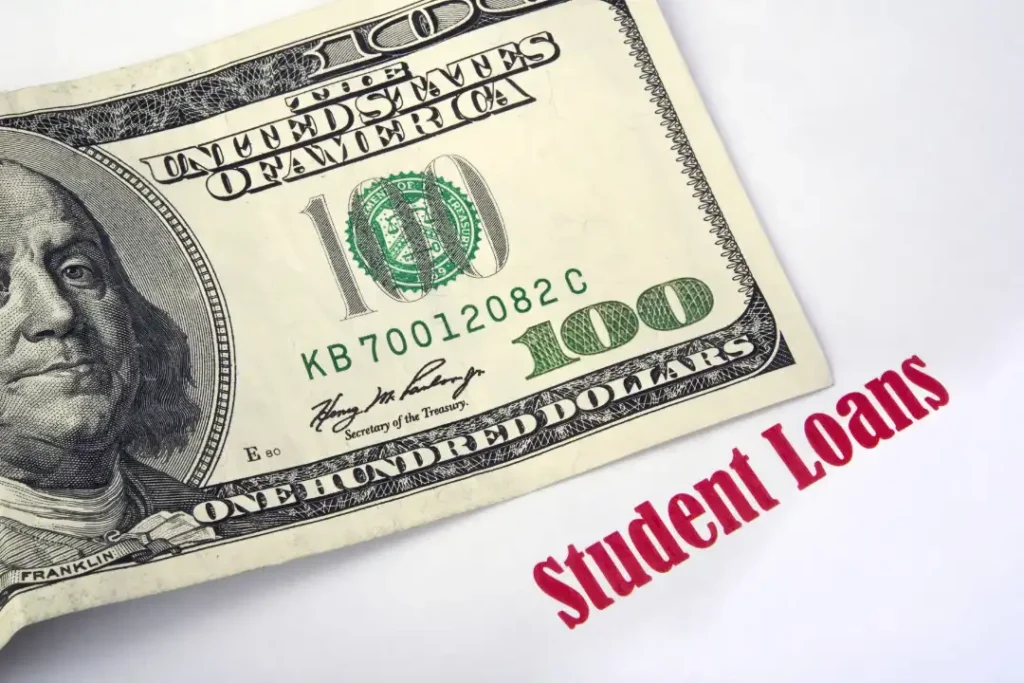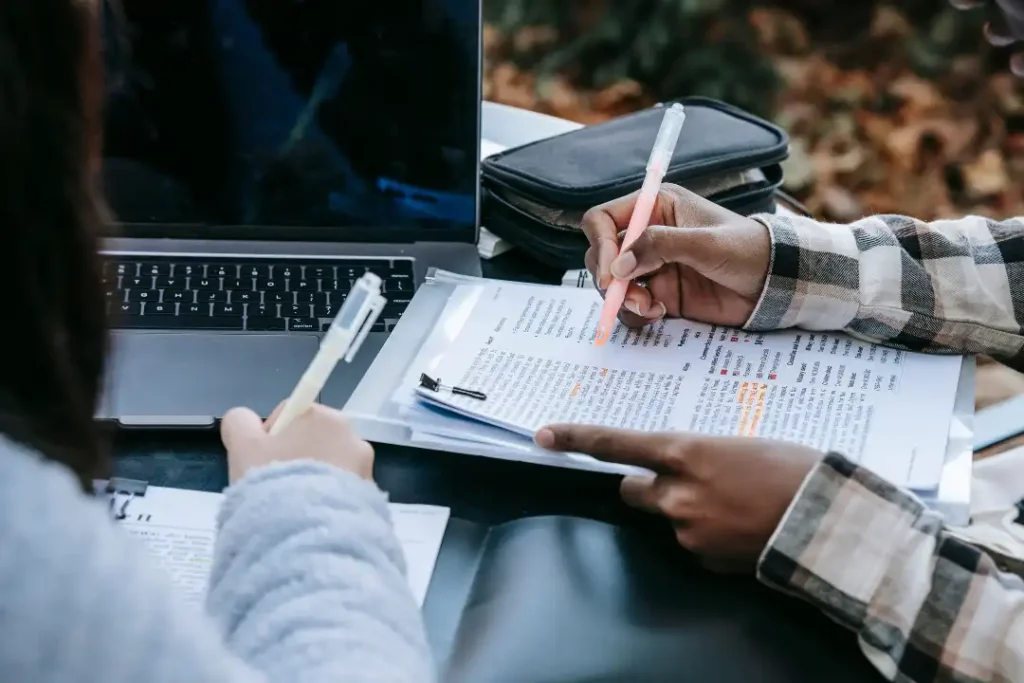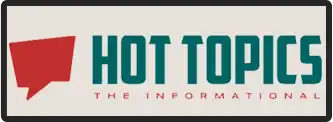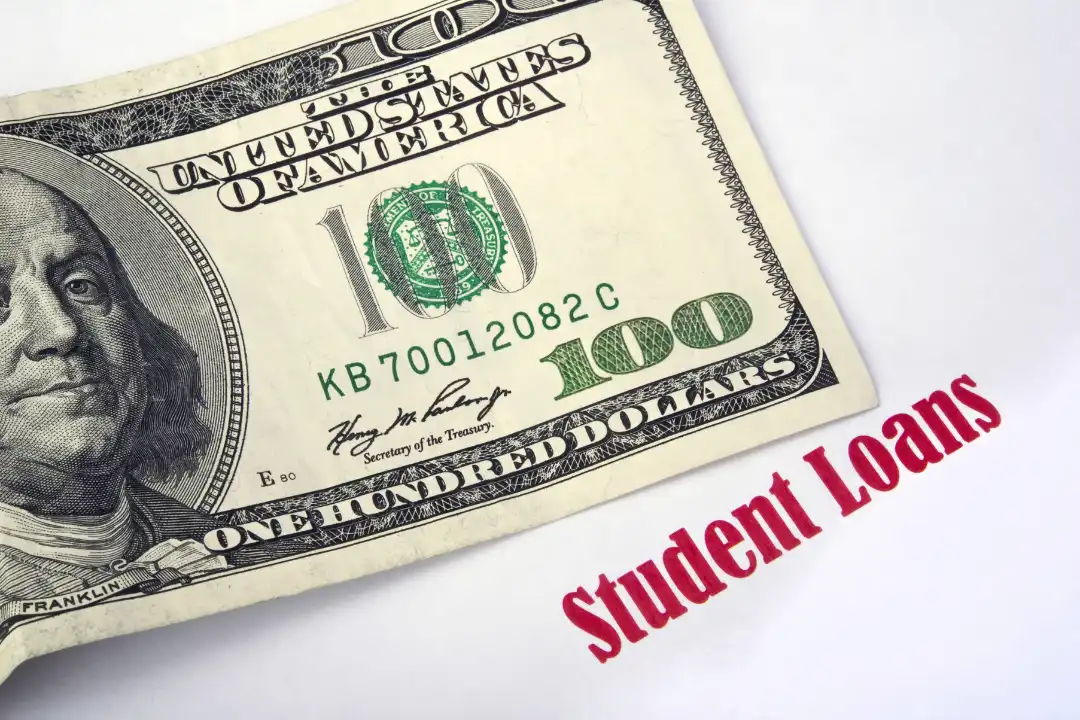
Table of Contents
Introduction
In recent years, student loan debt has become a major concern for many Americans. With increasing pressure on President Biden to forgive student loan debt, there has been much speculation about the future of student loan forgiveness programs. This article will explore the current landscape and provide an update on the possibility of major changes in the near future.
Student Loan Forgiveness Update: No Major Changes Expected
President Biden’s plan for $20,000 in loan forgiveness was struck down by the Supreme Court in June, dealing a blow to hopes of significant relief for borrowers. It is unlikely that Congress will pass legislation to forgive student debt, given the current political climate. However, while major changes may not be on the horizon, there are still some smaller changes that could impact student loan forgiveness programs.
The Public Service Loan Forgiveness (PSLF) Waiver
The Department of Education is considering extending the Public Service Loan Forgiveness (PSLF) waiver. This waiver allows borrowers to receive credit for past payments that would not otherwise qualify for forgiveness. The current deadline for the waiver’s expiration is October 31, 2023. If extended, it would provide borrowers with more opportunities to have their loans forgiven through public service work.
Changes to Income-Driven Repayment (IDR) Plans
Another area where potential changes could occur is in the income-driven repayment (IDR) plans. These plans cap monthly payments at a percentage of borrowers’ income, making it easier for individuals to manage their loan payments. The Department of Education is exploring modifications to these plans that could further ease the burden on borrowers. This includes expanding eligibility criteria and lowering monthly payment amounts.
It is important to note that these proposed changes are not guaranteed and are still under consideration. Borrowers should stay informed about the latest updates and continue making their payments as scheduled until any new policies are officially implemented.

What You Can Do
If you are struggling with student loan debt, there are several steps you can take to seek assistance and explore available options:
1. Contact Your Loan Servicer
Reach out to your loan servicer to discuss your situation and explore potential alternatives. They can provide information on loan consolidation, repayment plan options, and possible deferment or forbearance solutions. By understanding your choices, you can find a strategy that suits your financial circumstances.
2. Seek Help from Federal Student Aid
Contact the Department of Education’s Federal Student Aid office for expert guidance. They can offer detailed information about student loan forgiveness programs, including eligibility criteria, application processes, and required documentation. Their resources can help you navigate the complex landscape of loan forgiveness options.
3. Engage with Elected Officials
Ensure your voice is heard by contacting your elected officials. Express your support for student loan forgiveness and urge them to take action. The more individuals who advocate for change, the greater the likelihood that Congress will prioritize this issue and explore potential legislative solutions.
FAQs (Frequently Asked Questions)
Here are some common questions borrowers may have regarding the student loan forgiveness update:
Q: Will President Biden’s plan for $20,000 in loan forgiveness be implemented?
A: No, the Supreme Court struck down President Biden’s plan, making it unlikely that the $20,000 loan forgiveness proposal will be implemented.
Q: What is the Public Service Loan Forgiveness (PSLF) waiver?
A: The PSLF waiver allows borrowers to receive credit for past payments that would not otherwise qualify for forgiveness. It is currently scheduled to expire on October 31, 2023.
Q: Will the Department of Education make changes to income-driven repayment (IDR) plans?
A: The Department of Education is considering changes to IDR plans to make it easier for borrowers to qualify and lower their monthly payments. However, these changes are still under consideration and not guaranteed.
Q: Should borrowers continue making their student loan payments?
A: Yes, it is important for borrowers to continue making their payments as scheduled until any new policies or changes are officially implemented.
Q: What other options are available for borrowers struggling with student loan debt?
A: Borrowers can contact their loan servicer to explore consolidation, repayment plan options, deferment, or forbearance. They can also seek assistance from the Department of Education’s Federal Student Aid office for guidance on forgiveness programs and application processes.
Q: How can individuals advocate for student loan forgiveness?
A: Individuals can contact their elected officials to express support for student loan forgiveness and urge them to take action. By raising awareness and engaging in the discussion, there is a greater chance of legislative initiatives being considered.

Conclusion
While major changes to student loan forgiveness programs are not expected in the near future, there are still small changes that could positively impact borrowers. The extension of the PSLF waiver and potential modifications to IDR plans may offer relief to individuals struggling with student loan debt. However, it is crucial for borrowers to stay informed, explore their options, and continue making payments until any new policies are officially implemented. By taking proactive steps and engaging with relevant authorities, borrowers can navigate the student loan landscape more effectively.
Please do visit our website for More Trending Hot Topics

